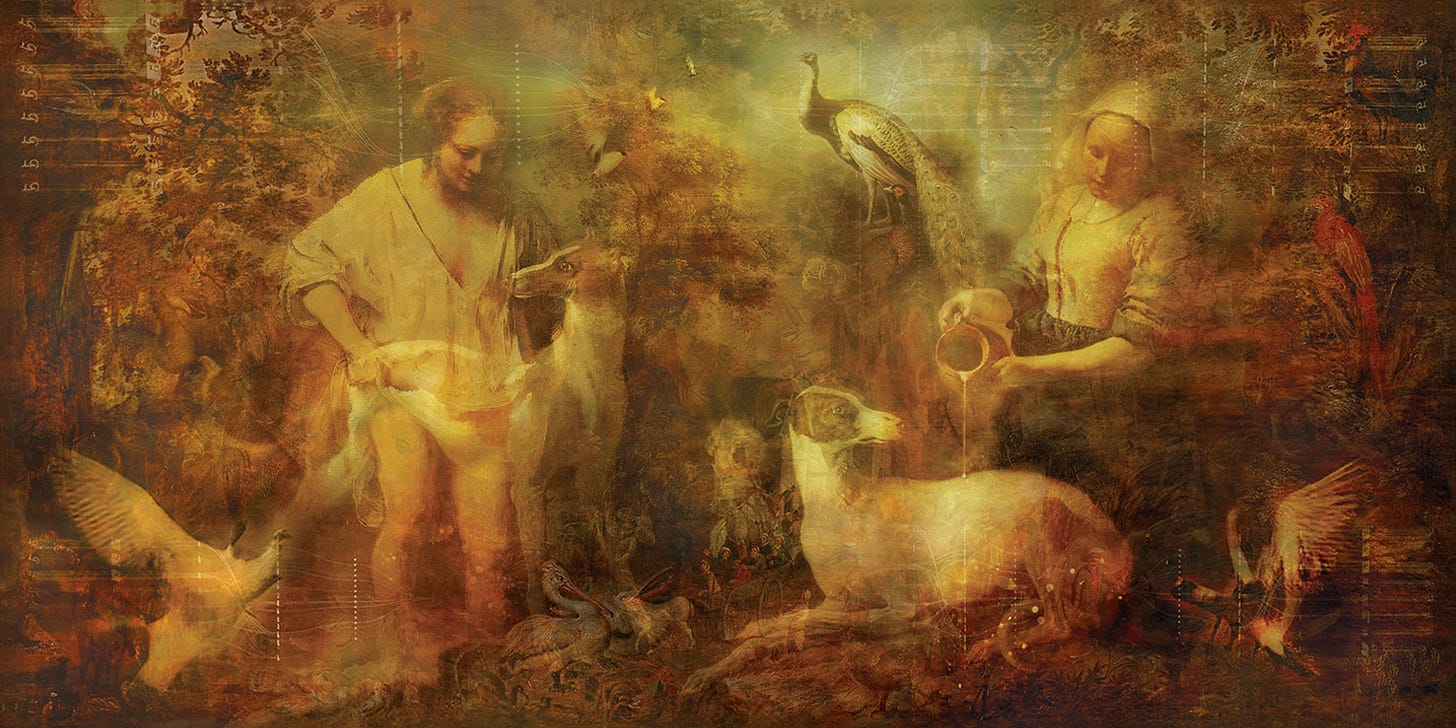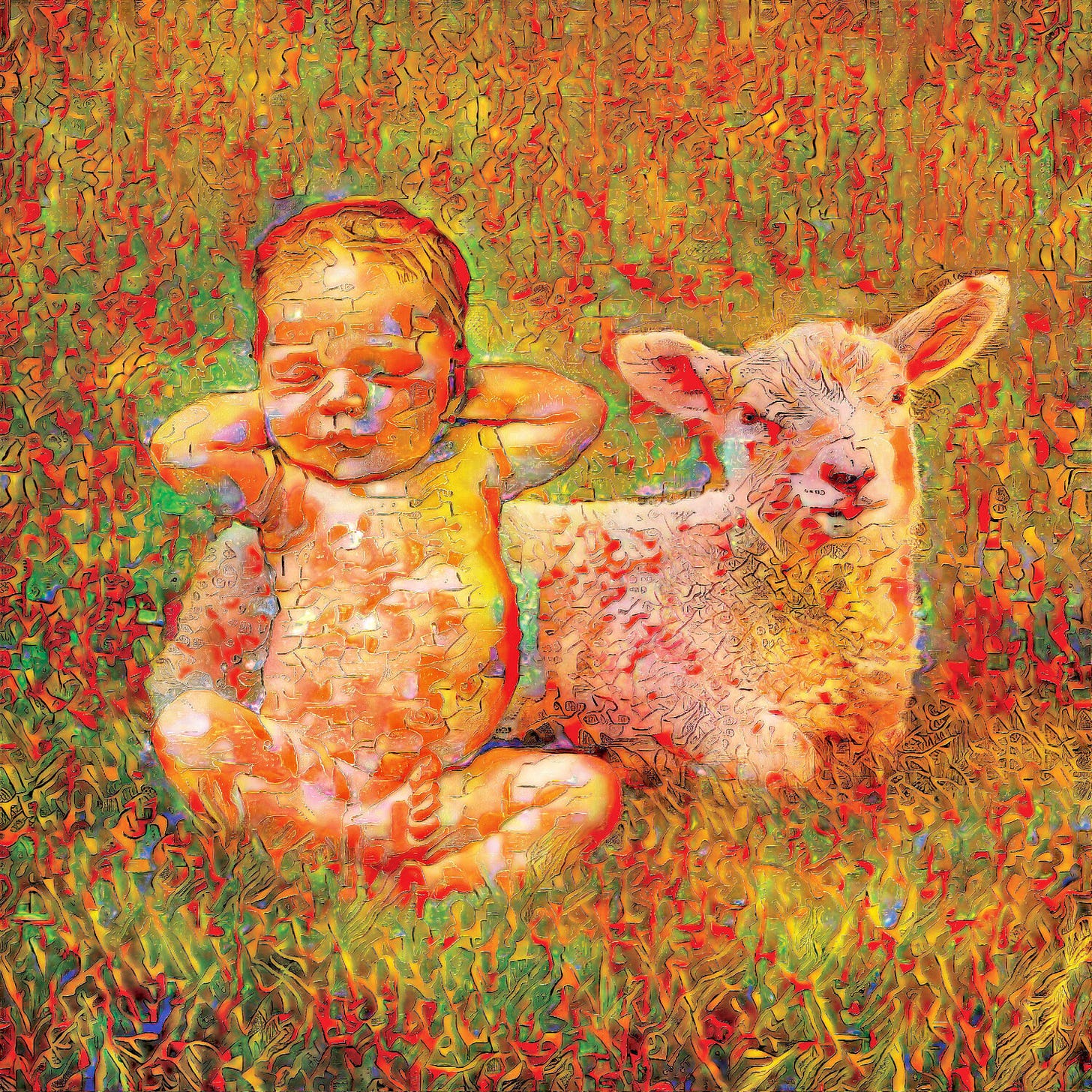“Science and art sometimes can touch one another, like two pieces of the jigsaw puzzle which is our human life, and that contact may be made across the borderline between the two respective domains.” — M.C. Escher
AI-based technology is pervading our lives, creeping into every activity and moment. We can think of AI-based surveillance systems, but also of technology that finds the perfect candidate for a job interview, or more simply a musical track that is suggested to us based on our online behavior.
Art is an instrument of self-expression, but it’s also an experience which becomes perception, and this dynamic initiates a dialogue between the artist and the viewer that leads to something bigger than than the sum of the two parts.
Amsterdam-based artist Jeroen Van der Most speaks critically about AI, and is often a key note speaker about technology. His current work focuses on shaping the society of tomorrow blurring the boundaries among technology, humans and nature.
Most considers AI as a force that changes our ideas of what an art object is, but above all as a metaphor for the self. Technology somehow traps us in a situation in which, sooner or later, we are forced to stop and ask ourselves what it really is to be human. If AI does not change the purpose of art, it can change anyway its definition, and in doing so, reshape the idea we have of ourselves.
[Fig.1 ] Flexible Forms, video by Jeroen van der Most on VIMEO. Credits: Jeroen van der Most.
The artist says that “AI can offer continuously changing art forms that interact with their surroundings.” This means that “AI systems will lead to near infinite varieties of form and eventually a fully flexible form of art, adapting to- and interacting with its beholders based on a complete comprehension of the beholder and the surroundings.”
[Fig.2] Garden of Aiden, painting by artist Jeroen van der Most. Credits: Jeroen van der Most. Size: 160 x 80 cm. Techniques: digital image manipulation, algorithmic / neural network powered creation, traditional painting techniques.
With Garden of Aiden the artist wishes to inspire a fresh perspective on creativity and intelligenge, and envisions a future where humans and machines will be equal. Combining elements of the Old Masters with AI, the artworks is built with convolutional neural networks (CNN), a class of deep neural networks, most commonly applied to analyzing visual imagery.
[Fig. 3] Kid and Lamb in a Field. Artwork realized on a metal plate measuring 100 x 100 cm. The image is created by fusing a large number of different AI-based transformations of a photographic collage into one new image. Credits: Jeroen van der Most.
In this 256-megapixel artwork the boundaries among nature, animal kingdom and humans fade. Most feels our world is in deep crisis, and imagines a place where balance, equity and harmony reign. Maybe this is not our destiny, but it could be the one of future generations, where object, man and environment will be merged into one.
My interview with the artist is here.
Except where otherwise noted this work is licensed under a Creative Commons Attribution-ShareAlike 4.0 International License.




